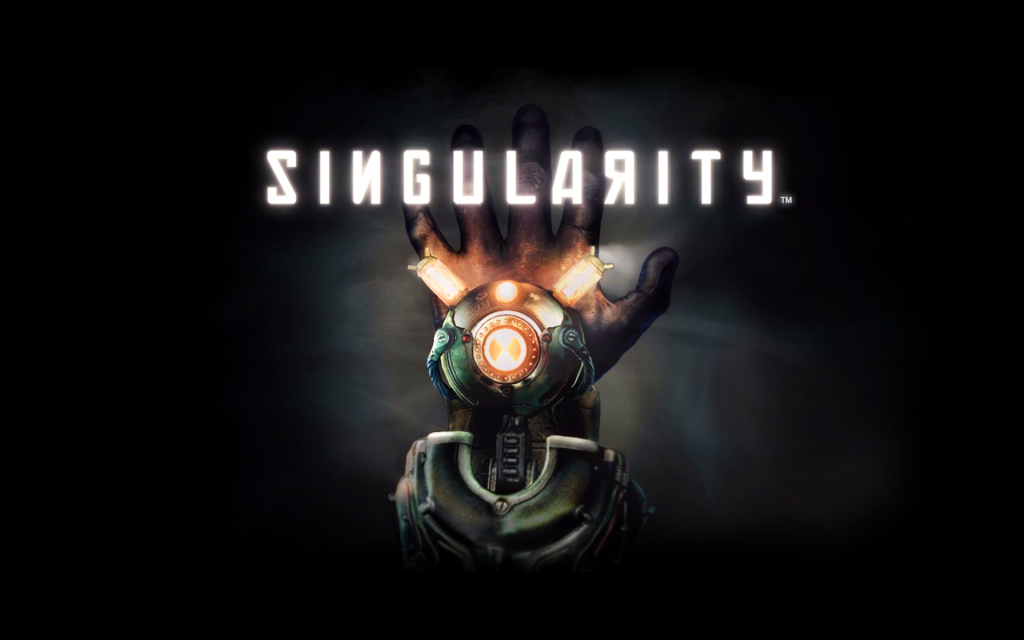The ironic nature of mockumentary:
It can be argued that the seemingly credible characteristic of mockumentary provides favorable conditions for its satire on other things. Compared with traditional narrative, mockumentaries often allow for more absurd and ridiculous narrative situations to be more readily accepted by audiences than if the same narrative situations appear in a film produced more in a tradition form. Gary D Rhodes’ mockumentary film Chair (2001), using a realistic narrative and shooting method to tell about various cases that happened to the actor Bela Lugosi’s favorite piece of furniture after his death. According to Rhodes (2002, p.47), “Despite the ridiculousness of the faked story and fictitious characters, some audiences still believe that what they just witnessed was true until the director exposes the scam at the end of the film.” Apparently, such characteristic not only brings mockumentary a great sense of ridiculousness and humor but also exaggerate the degree of satire to the real world.
Through the projection of fictional stories, mockumentary criticizes and satirizes the documentary form and the real world. Apparently, The mimic of specific subjects allows mockumentary to blur the boundary between reality and fiction, which leads to a discussion of documentary’s authenticity. Hight (2014) argues that mockumentary shows audience the possibility of fabricating nonfictional works, which challenges the audiences’ common expectations toward these forms. In the book Faking it: mock-documentary and the subversion of factuality (Roscoe & Hight, 2001), writers separate mockumentaries into three levels depending on the degrees of their satire to documentary: parody, critique and hoax, and deconstruction. Parody mockumentary is more like a comedy film, which contains little satire to documentary. For example, This is Spinal Tap (1984), which critically comment the hyper-masculinity in heavy metal rock area. Deconstruction mockumentary, however, aggressively deconstructs the foundation of documentary and focus more on critiques rather than humor.

Mockumentary also criticizes the reality by creating a new world which is almost close to the one people lives in. It uses parody and mimicry to challenge people’s basic understandings of their country, faith, collective history, and their sense of identity(Genter, 2013). American mockumentary Zelig (1983), for example, uses forged pictures, characters and footage to tell the story of an almost real character, Leonard Zelig, who can change his identity and even appearance depending on his surrounding environment. Through the description of Zelig’s story and people’s reaction to his life, film satirizes the public’s psychology of seeking novelty and some ugly nature of humanity. The design of narrative not only enhances the authenticity of Zelig’s world but also create a strong intimation of the irony of real world.

How mockumentary challenges audience’s ideas:
Mockumentary also challenges viewer’s ideas by changing their experience and status. Such statement can be found in book F is for Phoney (Juhasz and Lerner, 2012), which points out that mockumentary aims to link audience and the fictional world together. “Fake documentaries are most compelling and productive when they double back and multiply the traditional documentary object……All of these elements shift and refocus in their reverberation, allowing the viewer, in the process of such seeing, to also become a stake holder in this lively system.” To sum up, the connection between audience and mockumentary is designed into two levels. Normally, mockumentary talks directly to viewers, which seeks to build up a relationship with a knowing audience who through being in on the joke can appreciate both the humor and the inherent critical reflexivity of the form(Lipkin et.al 2006). This characteristic can be easily found in most of fake documentary comedies like Zelig, The Rutles (1978) and This is Spinal Tap. As for more critical and serious mockumentaries, however, they even let viewers to become part of them. Take film Man Bites Dog (1992) as an example. Man Bites Dog tells a story that several filmmakers following a serial killer and recording his crime for a documentary production. At first filmmakers are observers and just simply recording the crime. However, they gradually become accomplices after they get involved into these violence and chaotic. The subjective shot makes audience become the witness of these crimes and even become part of the production team. When camera records the moments of killing or even participates into these violence, the film is actually questioning audience’s fascination with the macabre and their feelings as accomplices.
References:
Books
Campbell, M. (2007) “The Mocking Mockumentary and the Ethics of Irony”, Taboo, vol. 11, no. 1, pp. 53-62.
Genter, R. (2013) “Book Reviews: “Too Bold for the Box Office: The Mockumentary from Big Screen to Small” ed. by Cynthia J. Miller”, Film & History, vol. 43, no. 2, pp. 95-97.
Hight, C. (2014) “Mockumentary.”, in Salvatore Attardo (ed.), Encyclopedia of Humor Studies. Thousand Oaks, CA and London: Sage, pp. 515-516.
Juhasz, A. and Lerner, J. (2012) F is for phony : fake documentary and truth’s undoing. Minneapolis: University Of Minnesota Press, p. 16.
Lipkin, Steven N., Paget, Derek & Roscoe, Jane. (2006) “Docudrama and Mock-Documentary: Defining Terms, Proposing Canons.”, Docufictions: Essays on the Intersection of Documentary and Fictional Filmmaking. Jefferson, N.C.: Mcfarland, p. 11-26.
Rhodes, G.D. (2002) “Mockumentaries and the Production of Realistic Horror”, Post Script – Essays in Film and the Humanities, vol. 21, no. 3, pp. 46-60.
Roscoe, J. and Hight, C. (2001) Faking it: mock-documentary and the subversion of factuality. Manchester, Manchester University Press.
Films
Bad News Tour [film]. 1983. SANDY JOHNSON dir. UK: Unknown.
Chair [film]. 2001. GARY D RHODES and BOB STOVALL dir. USA: Unknown.
Man Bites Dog [film]. 1992. REMY BELVAUX, ANDRE BONZEL and BENOIT POELVOORDE dir. Belgium: Palisades Tartan.
Rec [film]. 2007. JAUME BALAGUERO and PACO PLAZA dir. Spain: Filmax International.
The Blair Witch Project [film]. 1999. DANIEL MYRICK and EDUARDO SANCHEZ dir. USA: Artisan Entertainment.
This is Spinal Tap [film]. 1984. ROB REINER dir. USA: Embassy Pictures Corporation.
Zelig [film]. 1983. WOODY ALLEN dir. USA: Warner Bros.
TV Series
The Office. 2001. Capital United Nations. 9 July. 76 hrs.
